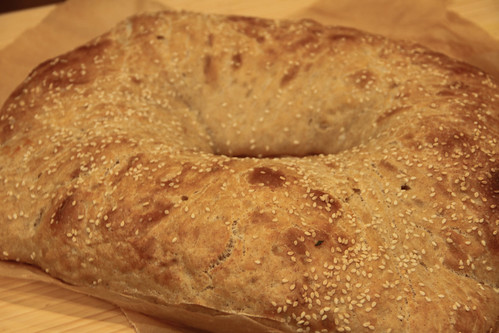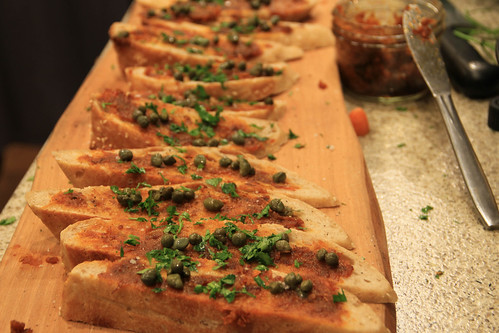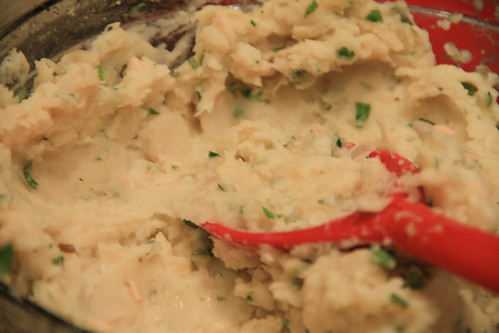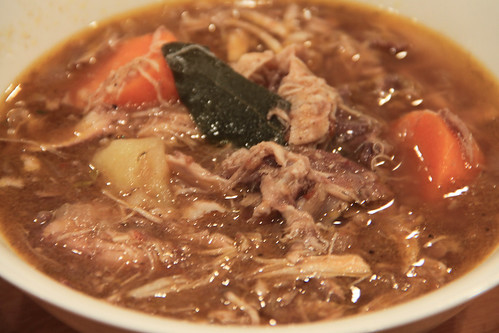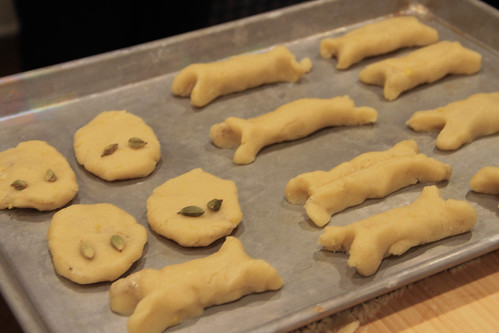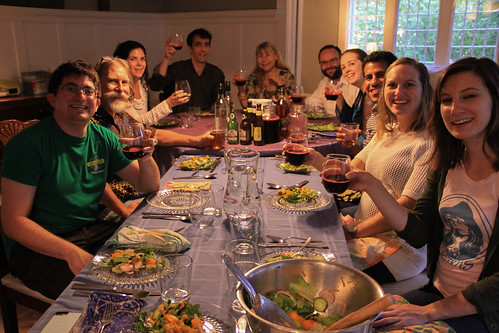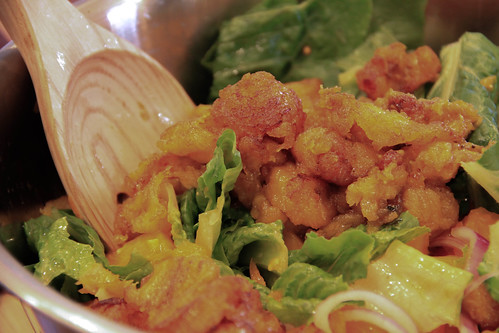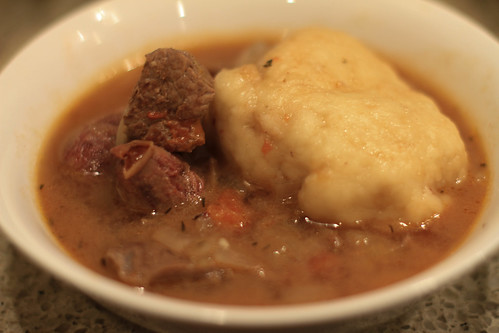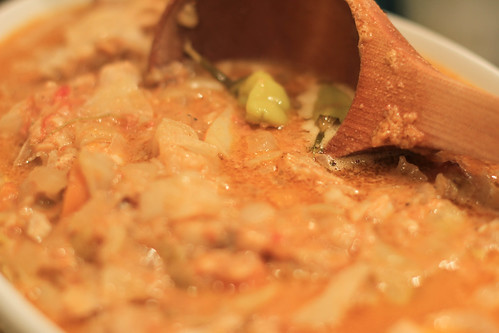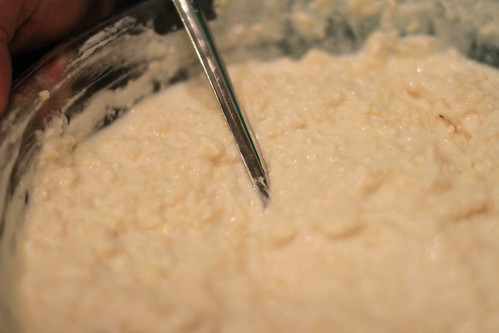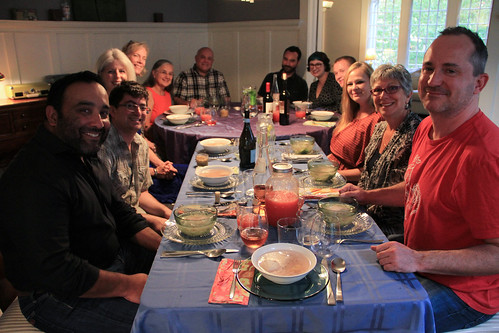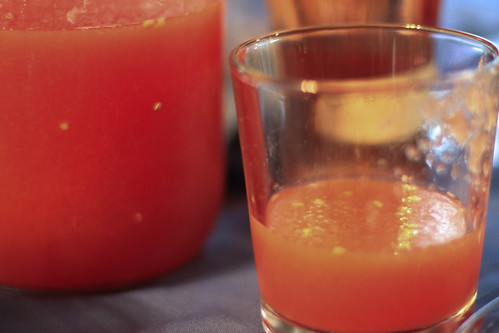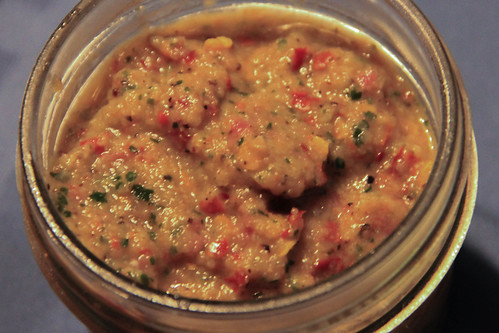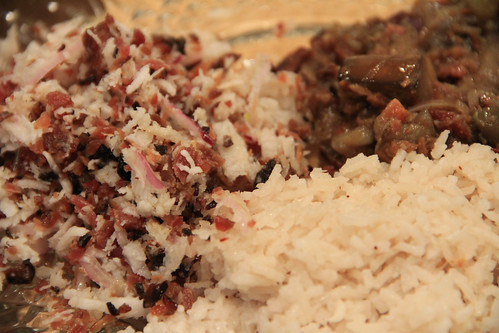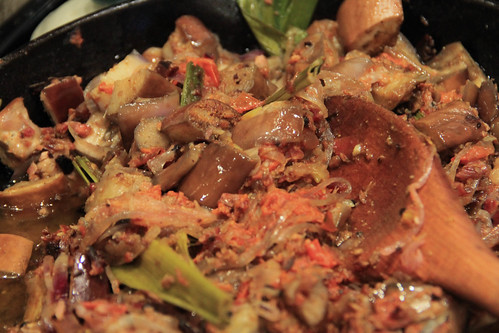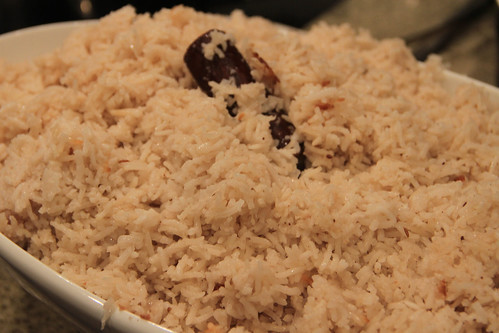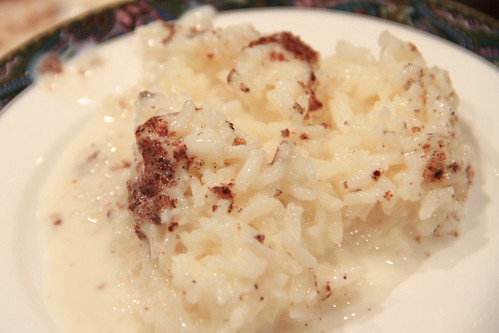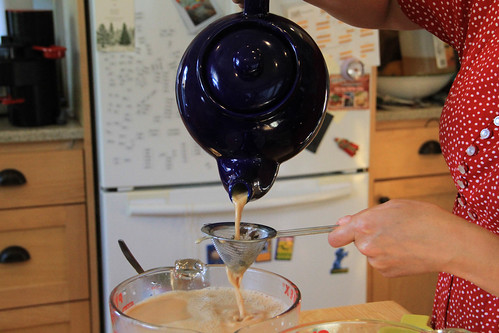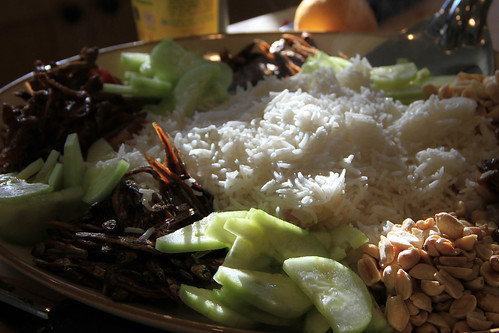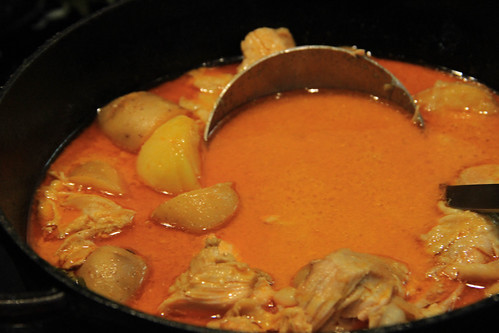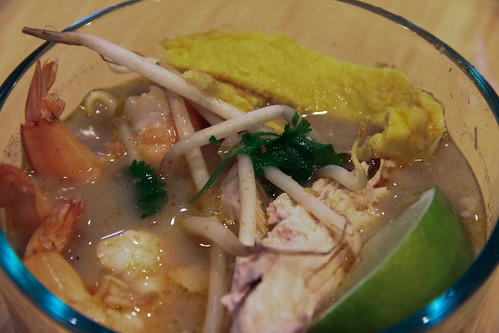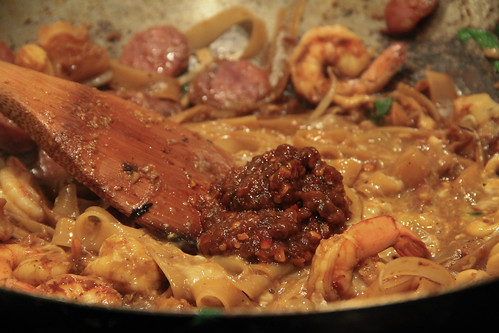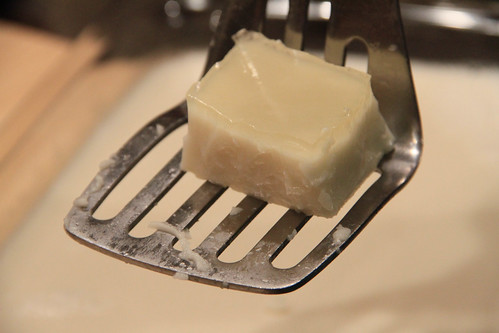For centuries, the fate of this Micronesian island group has been entirely subject to the machinations of much greater powers. Its very name, after an English explorer, was consecrated in maps by French and Russian explorers. It's been a territory of Spain, Germany, Japan, and the US. It saw major battle and deprivation in World War II, and was the site of enormous nuclear tests with all the destruction and long-term consequences you'd expect, and many displaced Marshallese who haven't moved to Arkansas (true story!) now live crammed on an island nicknamed the "ghetto of the Pacific." The Republic of the Marshall Islands is now an independent nation in "free association" with the United States, yet its future is very much out of its hands, as climate change now threatens to wipe these low-lying nations off the map in a way that war and nuclear testing couldn't. As you might expect from all this outside influence, the cuisine has absorbed some ingredients from elsewhere, but there still is plenty of food there that's stayed true to the place. It proved quite a challenge to figure out what to cook, since there aren't any Marshallese cookbooks or food blogs I could find, which is why you will see some of these recipes on discussion sites and other random places. This was actually a really fun one to research, as I learned a lot about life on these islands along the way.

Guests included Stephanie, Anna, Julie, Amanda, Terry, Geo, Bonnie, Audrey, and friends.
Banana coconut balls
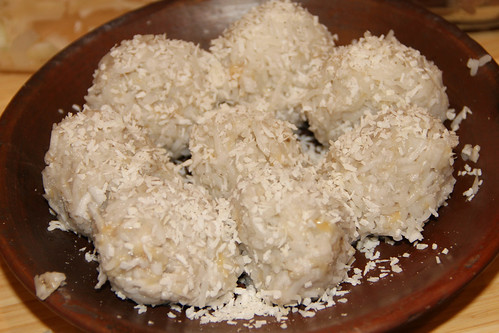
I couldn't find a recipe other than vague mentions that this was a thing, so I simply mashed up some bananas with some sugar and coconut, and sprinkled more coconut on top. As far as I can tell this was roughly how it's supposed to be, and it tastes like you'd imagine: sweet, mushy, with the coconut holding it together.
Sashimi | Recipe
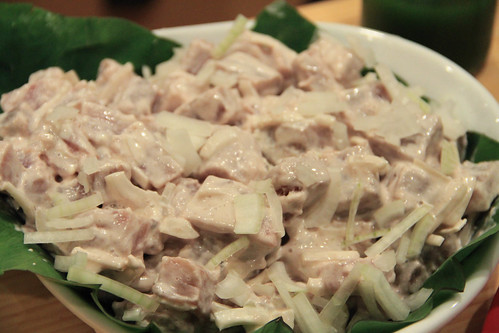
Raw tuna. With onions. In...mayonnaise. Sounds gross, but actually tastes pretty darn good. The soft, fatty, slightly sweet and tangy mayo, the buttery and crumbly tuna, and the crisp and lightly pungent onion is the sort of thing you can really snack on while drinking a beer.
Roast pork | Recipe
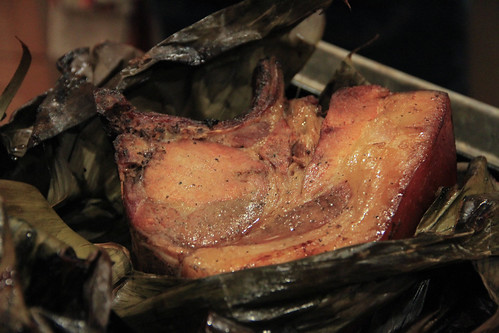
Pork is a pre-colonial fixture in Polynesia, and the traditional way to cook it is in an earth oven: dig a hole, line it with rocks, build a fire to heat up the rocks, let it die down, put leaf-wrapped meat on it, and bury it for several hours to let it cook through slowly. Now, I couldn't exactly go digging such a hole in our backyard, so I did this on the grill, and used a soy sauce and brown sugar marinade since that seems like the sort of thing that would go on. Only challenge was I couldn't find charcoal at the store, so I used straight up mesquite chunks. I don't know if it was supposed to turn out so smoky, but my goodness this beautiful, "barked" hunk of flesh turned out tasty.
Grilled fish
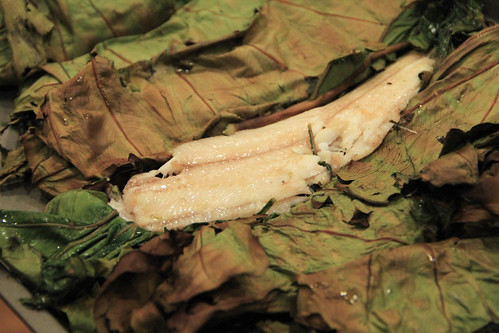
While Polynesian markets are spare in Portland (I know of just one), in the vicinity of SFO there's a gaggle of them. I happened to be in the Bay Area for work a few days before the meal with a bit of time on my hands and a rental car before heading home, so I stuffed my backpack with taro leaves and some other ingredients. Those leaves ended up wrapping some fish (I think I used mahi mahi) which I also threw on the grill.
Breadfruit
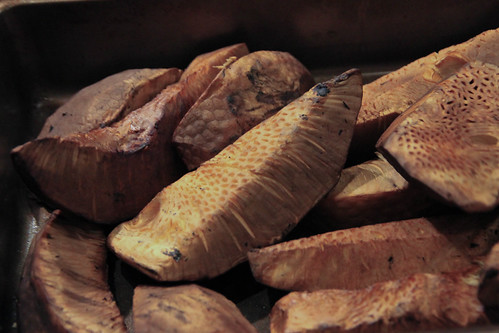
I'm done with breadfruit, or at least the frozen chunks. They're just bland, dry, and mealy, with an unappetizing bit of crust, when I roast them as suggested. I hope to get my hands on a fresh breadfruit at some point, to see if that's really what it's like, or if I'm just making a mockery of this common food.
Rice-banke | Pumpkin rice |Recipe
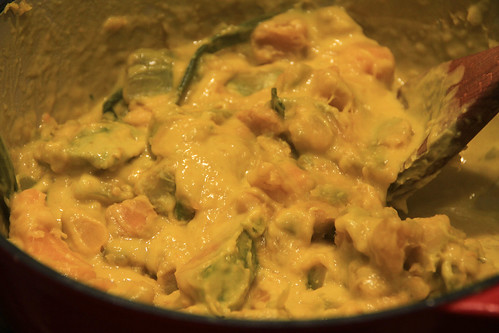
Rice isn't a traditional food of Polynesia, but thanks to Asian influence (in the Marshall Islands' case, most likely the time as a Japanese colony), it's become quite popular. This dish, with steamed pumpkin and coconut milk, is one gloopy concoction, with a real stick-to-your-ribs aspect.
Pandan coconut ice cream | Recipe
Readers of previous posts will be familiar with my description of pandan leaf as the "vanilla of Southeast Asia," and this nutty-green leaf also flavors dishes across Oceania. (They also use the fruit of the tree for food, but good luck finding that in the US.) I'm not sure how common pandan ice cream actually is, but it's sure tasty, especially when you avoid artificial pandan extract (sold in Asian markets) and take five minutes to make your own with the leaves (also sold in Asian markets). Anyone who knows a vegan knows that coconut milk is a successful dairy substitute for ice cream; mixed with dairy, it takes on a more complex mouthfeel. This was a tasty one that went so quickly we forgot to take a picture!

